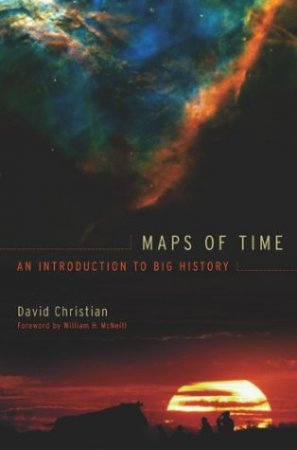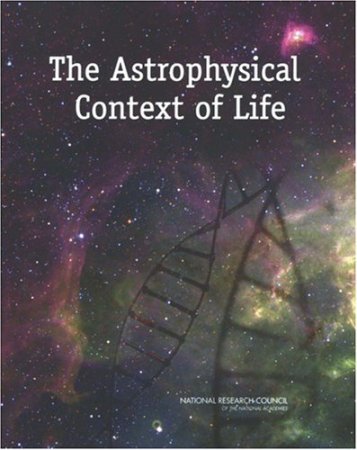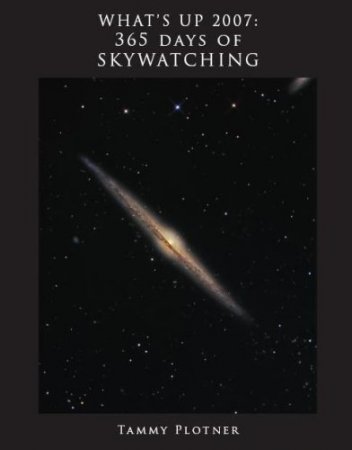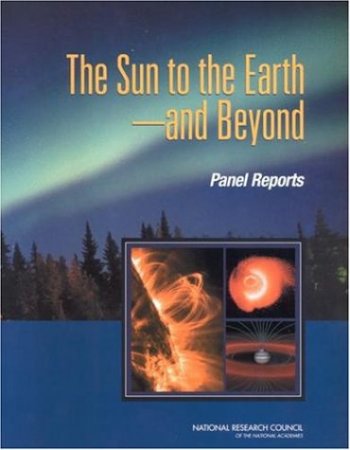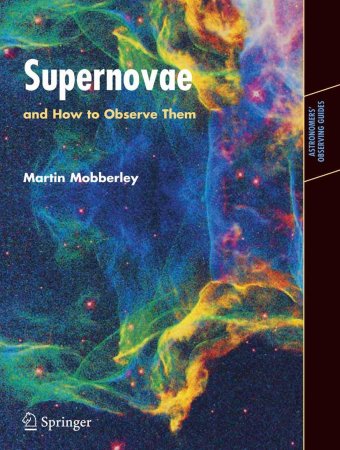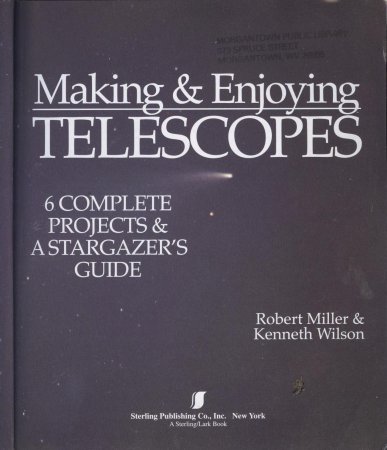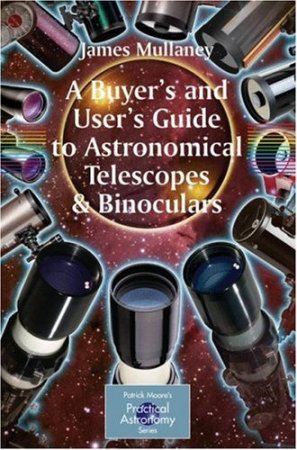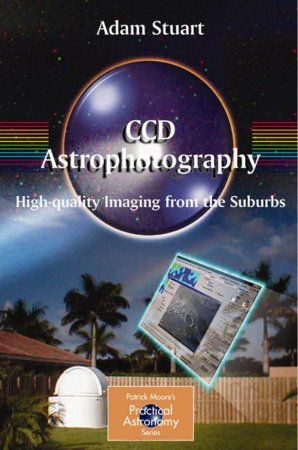НавигацияАрхив новостейСтатистика |
Maps of Time: An Introduction to Big HistoryAn introduction to a new way of looking at history, from a perspective that stretches from the beginning of time to the present day, Maps of Time is world history on an unprecedented scale. Beginning with the Big Bang, the Australian historian David Christian views the interaction of the natural world with the more recent arrivals in flora and fauna, including human beings. Space Radiation Hazards and the Vision for Space Exploration: Report of a WorkshopFulfilling the President s Vision for Space Exploration (VSE) will require overcoming many challenges. Among these are the hazards of space radiation to crews traveling to the Moon and Mars. To explore these challenges in some depth and to examine ways to marshal research efforts to address them, NASA, NSF, and the NRC sponsored a workshop bringing together members of the space and planetary science, radiation physics, operations, and exploration engineering communities. The goals of the workshop were to increase understanding of the solar and space physics in the environment of Earth, the Moon, and Mars; to identify compelling relevant research goals; and discuss directions this research should take over the coming decade. This workshop report presents a discussion of radiation risks for the VSE, an assessment of specifying and predicting the space radiation environment, an analysis of operational strategies for space weather support, and a summary and conclusions of the workshop. The Astrophysical Context of LifeIn 1997, the National Aeronautics and Space Administration (NASA) formed the National Astrobiology Institute to coordinate and fund research into the origins, distribution, and fate of life in the universe. A 2002 NRC study of that program, "Life in the Universe: An Assessment of U.S. and International Programs in Astrobiology", raised a number of concerns about the Astrobiology program. In particular, it concluded that areas of astrophysics related to the astronomical environment in which life arose on earth were not well represented in the program. In response to that finding, the Space Studies Board requested the original study committee, the Committee on the Origins and Evolution of Life, to examine ways to augment and integrate astronomy and astrophysics into the Astrobiology program. This report presents the results of that study. It provides a review of the earlier report and related efforts, a detailed examination of the elements of the astrobiology program that would benefit from greater integration and augmentation of astronomy and astrophysics, and an assessment of ways to facilitate the integration of astronomy with other astrobiology disciplines. The Sun To The Earth And Beyond - Panel Reports1 - Report of the Panel on the Sun and Heliospheric Physics 2 - Report of the Panel on Solar Wind and Magnetosphere Interactions 3 - Report of the Panel on Atmospheric-Ionosphere-Magnetosphere Interactions 4 - Report of the Panel on Theory, Modeling, and Data Exploration 5 - Report of the Panel on Education and Society Supernovae: and How to Observe ThemThis book is intended for amateur astronomers who are readers of Sky and Telescope magazine or similar astronomy periodicals – or are at least at the same level of knowledge and enthusiasm. Supernovae, the subject of this book, represent the most violent stellar explosions in the universe. It is a unique guide to supernova facts, and it is also an observing/discovery guide, all in one package. Supernovae are often discovered by amateur astronomers, and Martin Mobberley describes the best strategies for discovering and observing them. Moreover, Supernovae and How to Observe Them contains detailed information about the probable physics of supernovae, a subject which even today is imperfectly understood. Here is a book that is essential reading for any amateur astronomer who is interested in discovering, observing, or learning about supernovae. CCD Astrophotography: High-Quality Imaging from the SuburbsNot all amateur astronomers who live in a suburban location realize just how very effective a «chilled-chip' astronomical CCD-camera and software can be at cutting through seemingly impenetrable light-pollution. CCD Astrophotography from the Suburbs details one man's approach to the problem of getting high-quality astronomical images under light-polluted conditions. |
ПопулярноеКалендарь
ОпросОцените дизайн сайта
Немного рекламы |
|||||||||||||||||||||||||||||||||||||||||||||||||
